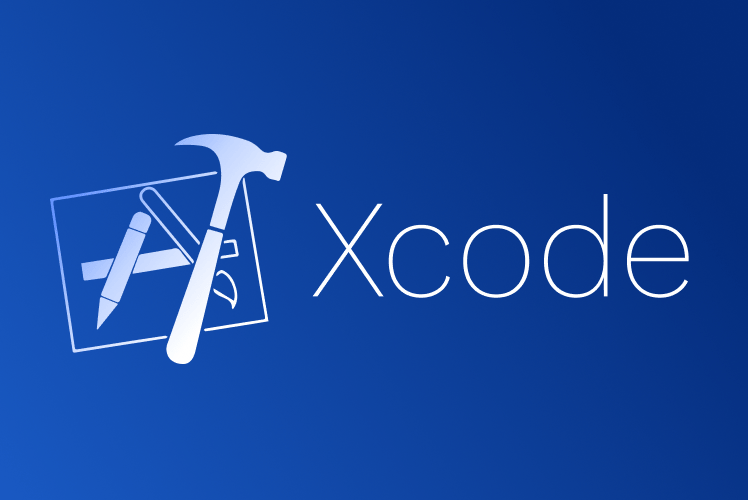Swift App Development Services
SoftTeco provides top-notch Swift app development services to help businesses create exceptional applications in record time. With 17+ years of experience, we are proficient in creating highly functional and efficient applications to help you bring your vision to life.
Why Use Swift for Your Project?
01
Open-Source Language
Swift’s open-source nature allows any programmer to contribute to its development, whether it’s fixing errors, adding new features, or sharing knowledge with others. Since becoming an open-source solution, the language has gained a strong and supportive community, as well as an extensive range of additional tools.
02
Interoperability
Due to its similarities with Objective-C, Swift is highly compatible with the language. This allows for easy integration of Swift code into Objective-C and vice versa, making it advantageous when porting an application or platform from one language to the other. Additionally, Swift’s compatibility with Objective-C APIs provides greater versatility during development, allowing you to incorporate a wider range of features into your project.
03
Fast Development and Safety
Swift application development prioritizes high performance, speed, and safety. The language is built with the LLVM compiler framework, which optimizes the code and accelerates the development process. Additionally, Swift’s robust typing system reduces the risk of code crashes, allowing developers to quickly identify and resolve errors.
04
Effective Memory Management
Swift uses Automated Reference Counting (ARC), a garbage collector function that enables developers to define instances that are no longer in use and delete them. This results in increased app performance without causing any memory lag.
05
Easy Scaling
By choosing Swift for iOS development, you’re securing your product’s future and capability of implementing new features as required. This is a wise, long-term investment that facilitates scaling your team and hiring a dedicated Swift developer, resulting in a quick onboarding process.
Swift App Development Services That SoftTeco Offers
Enterprise App Development
Our team is proficient in developing enterprise applications using Swift, which can enhance your organization’s efficiency and streamline operations. The language’s flexibility allows developers to deliver exceptional outcomes for your enterprise while meeting your specific business requirements.
Swift App Porting
As a Swift app development company, SoftTeco will help you keep your app relevant and competitive in today’s market. Our team of experts is proficient in porting applications to Swift for Apple OS compatibility, enabling your app to reach a wider audience and increase its potential for success. With our services, you can rest assured that your application’s functionality and user experience will remain consistent across all platforms.
Consulting
We at SoftTeco understand the importance of delivering a seamless user experience across all Apple devices. Our team of specialists is here to provide comprehensive support for your application development journey, from ideation to deployment. SoftTeco’s skilled analysts and developers have the expertise to create a custom roadmap that aligns with your business objectives and customer expectations.
Custom App Development
SoftTeco specializes in creating visually appealing, user-friendly, and engaging applications using Swift. Whether you’re looking to develop a new app from scratch or add new features to an existing one, we are here to help you achieve your goals. With our custom Swift app development services, you can be confident that you are getting a solution that is perfectly suited to your business needs.
Application Support
and Maintenance
Our support team is dedicated to ensuring that your systems run smoothly and efficiently, minimizing downtime, and addressing performance issues before they impact your users. If you need to add new features to your application, SoftTeco is here to help you stay up-to-date with the ever-changing demands of your customers.
QA Testing
SoftTeco offers full-cycle quality assurance and testing services to guarantee that your application is released without a hitch. Our team of QA engineers is dedicated to maintaining high-quality standards for your product. Trust SoftTeco to take care of all the necessary testing before launch, so you can rest assured that your customers will have a seamless experience.
Calculate Team Cost
Get a free and instant team cost estimate in just 4 easy steps. Answer a few quick questions to see an approximate sum based on hourly rates and time required. Try it now!
Why Choose SoftTeco as Your Swift Development Company?
Hire Swift App Developers From SoftTeco
Our team of experienced developers can help you build high-quality, efficient, and user-friendly iOS applications that meet your business needs. SoftTeco has a proven track record of delivering successful projects for clients in various industries, including healthcare, finance, e-commerce, and more. With our expertise in Swift programming language and knowledge of the latest development tools and technologies, we can deliver custom-made solutions that are tailored to your specific requirements.
Swift Development Services For All Industries
Our Project Portfolio
What our clients say

Their iOS development skills are really good. The app works and looks great and I am very happy with the support the team was able to provide post launch.
Calculate Team Cost
Get a free and instant team cost estimate in just 4 easy steps. Answer a few quick questions to see an approximate sum based on hourly rates and time required. Try it now!




